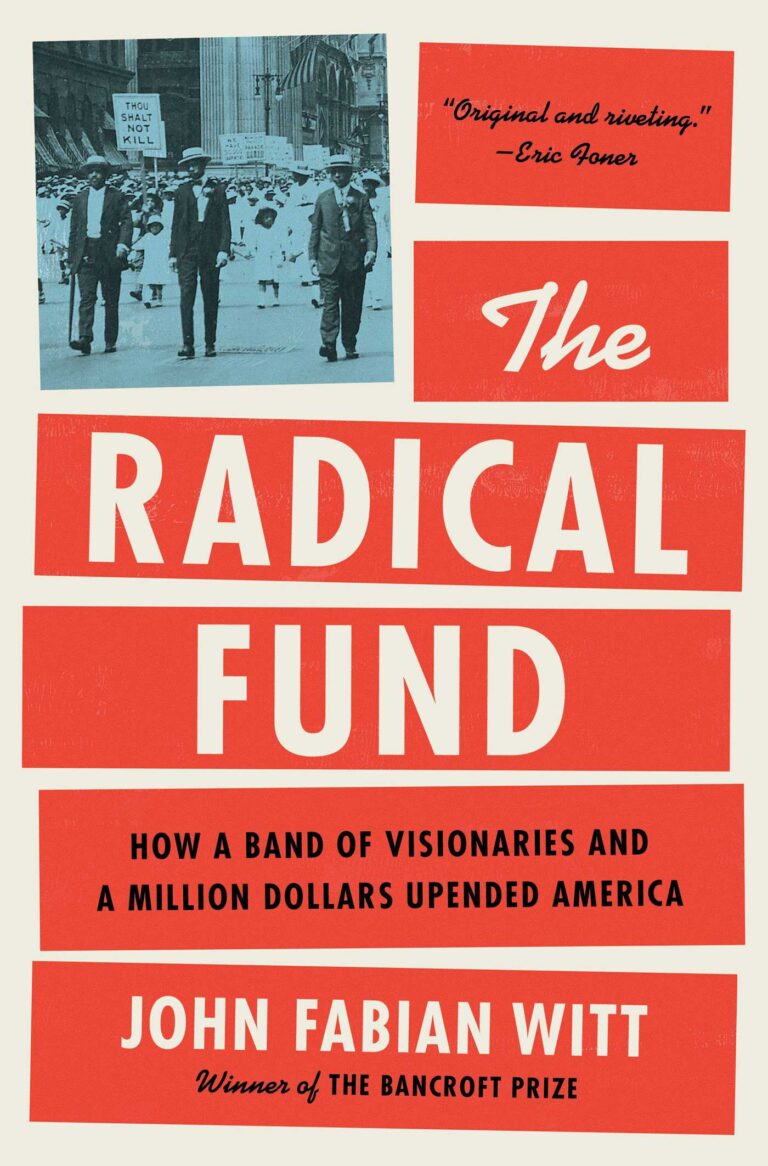
Fred Wang is a student at Harvard Law School.
In today’s news and commentary, a major spending bill passes the Senate, while the labor market exceeds analyst expectations — and then some.
More big news from Washington. The $740 billion climate, health-care, and tax bill that Kevin teed up over the weekend passed the Senate yesterday afternoon, with Vice President Kamala Harris casting the tie-breaking vote. Half of that money will fund clean-energy projects and initiatives — “one of the single biggest investments ever made on climate in the world.” Although a significant achievement, the Inflation Reduction Act, Axios explains, “is far less ambitious than most Democrats wanted” — no doubt because anything bigger would have scared away the Party’s two centrist members, Senators Joe Manchin and Kyrsten Sinema.
But not every part of the spending bill came out unscathed. A plan to control drug prices for Americans with private health insurance was cut after the Senate parliamentarian decided that it was not closely related to the federal budget. That exclusion, Alice Ollstein of Politico writes, means “there is little left that will reduce costs for the vast majority of Americans who receive health insurance through their private sector employer.” The same thing happened to a provision capping out-of-pocket spending on insulin to $35 for patients enrolled in private insurance.
Of course, the parliamentarian’s opinion, as Matt Bruenig at People’s Policy Project has argued, is just that — an opinion. “The presiding officer” — here, Vice President Harris — “has the sole authority to sustain or dismiss a point of order. The parliamentarian has no formal role at all.” The bill now goes to the House, where it is expected to pass.
The U.S. labor market continues to post surprisingly strong numbers, the latest Labor Department figures confirm. The U.S. economy added 528,000 jobs last month. That’s over twice (!!) as many jobs as analysts had forecasted. Plus, the unemployment rate fell to just 3.5%, matching its lowest level in the last 50 years. This “blistering pace of growth,” the New York Times explains, makes for a “befuddling benchmark considering other recent signs of a slowing economy, including a falling gross domestic product and a more sedate housing market.”






Daily News & Commentary
Start your day with our roundup of the latest labor developments. See all
November 3
Fifth Circuit rejects Thryv remedies, Third Circuit considers applying Ames to NJ statute, and some circuits relax McDonnell Douglas framework.
November 2
In today’s news and commentary, states tackle “stay-or-pay” contracts, a new preliminary injunction bars additional shutdown layoffs, and two federal judges order the Trump administration to fund SNAP. Earlier this year, NLRB acting general counsel William Cowen rescinded a 2024 NLRB memo targeting “stay-or-pay” contracts. Former General Counsel Jennifer Abruzzo had declared that these kinds […]
October 31
DHS ends work permit renewal grace period; Starbucks strike authorization vote; captive-audience ban case appeal
October 30
Sweden’s Tesla strike enters its third year; Seattle rideshare drivers protest Waymo’s expansion in the city.
October 29
9th Circuit rejects challenge to NLRB's constitutional structure; preemption challenges to state labor peace statutes
October 28
Two federal unions oppose CBA cancellations, another federal union urges Democrats to end the government shut down, and Paramount plans for mass layoffs